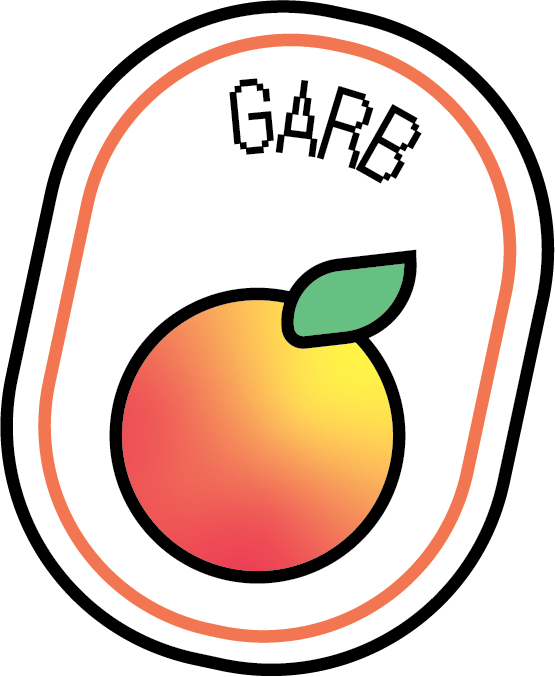Microtrends, Aesthetics, and Identity
It can be easy to get lost in the newest fad.
Be it corsets, chunky rings, crochet tops, all have had their place in the constant flux of internet fame.
For me, exposure to new niches of the fashion world was overwhelming–especially after leaving a school that demanded I dress in variations of red, blue, or white t-shirts paired with the same knee-length khaki shorts every day. Bound only by high-school dress code, the newfound ability to wear clothes of my own—instead of those my mom painstakingly selected from an Old Navy catalog— presented a vast unknown.
As fun as it was for me to realize how I wanted to express myself by discovering new aesthetics, it was easy to slip down the path of mindlessly following trends rather than creating my own style. Problems arise when the definition of trendy changes so quickly that it promotes the overconsumption of fast fashion. Constant engagement with these microtrends can also be harmful to individuality.
While there is nothing inherently wrong with buying into the latest popular item, there is a point where it departs from establishing identity and trying new styles and arrives at constantly adapting to the new popular.
Trends that might have previously lasted years and defined their respective decades have lifetimes shortened down to months. With such a fast rise to internet fame, these microtrends fall hard. Not only do they go out of style, but they are often designated as tacky and “cheugy” to wear once their time in the spotlight is over.
Stores like Shein facilitate this cycle with a rapid rotation of new, mass-produced styles at unmatchable prices. Not only do these clothes lack durability, but they are not meant to have it in the first place. Quick, cheap, disposable clothes make following microtrends as soon as they appear effortless, but also contribute excessive waste to landfills once the month passes and the styles have changed once again. The normalization of fashion as a loop of massive overproduction and overconsumption of low quality, one-time use clothes creates an expectation for consumers to update their closets to be consistent with the ever changing “new.” It is within these cycles that fashion becomes less of a way to express individuality and acts instead as an unhealthy manifestation of societal pressure.
Aesthetics, which are useful as label terms in defining a broad category of clothes, become something that has to be conformed to. The commercialization of identity into separate aesthetics is reductive when considering the difference between a person and the persona they reflect. Personality becomes defined by the cohesiveness of the objects one consumes, compactifying what should be unique and undefinable. In this way, the intersection between aesthetics and identity, especially when portrayed on social media, is the projection of an image for others to see and relate to that is separate from the individual self. My experience trying new styles felt like playing dress up and no single look was comprehensive of how I wanted to be perceived. Aesthetics as they exist in conjunction with the current cycle of microtrends are characteristic of a culture that commodifies identity and turns expression into performance.
I will admit, I haven’t been and still am not the ideal consumer of fashion I might like to be. I’ve succumbed to trends, I’ve bought that corset top from Urban Outfitters, I’ve looked at some of the clothes I bought in my high school years and wondered what I was thinking. But, it is because of those mistakes that the importance of shopping sustainably, as well as finding identity through style that makes me comfortable, is made clear.









